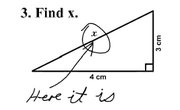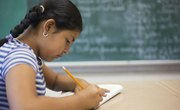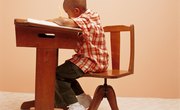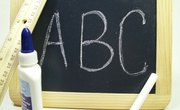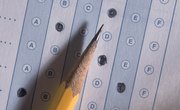The Iowa standardized tests measure basic skills and educational development for grades kindergarten through 12. Once a very popular test across the United States, its use has declined significantly since the federal No Child Left Behind regulations took effect in 2002 and individual states began designing their own tests.
Identification
Administered by the University of Iowa since 1935, the Iowa standardized tests cover a wide range of subjects, including reading, writing, mathematics, social studies and science. These tests, or others that measure educational progress, are usually given annually in public and private schools and to home-schooled students. The Iowa Tests of Basic Skills assess academic progress for children in kindergarten through eighth grade. The Iowa Tests of Educational Development are designed to measure academic achievement in high school students.
Specifics
Tests for grades 1 through 12 measure language abilities including usage, expression, punctuation, capitalization and spelling. They assess knowledge of economics, geography, history and politics, as well as the ability to read maps, graphs, and tables. The tests measure math skills, and comprehension of physics, chemistry, animal biology and earth and space sciences. Kindergarten tests do not include the science and social studies sections, and an additional section is added for kindergarten through grade 2 for listening skills along with word analysis--matching sounds with pictures.
No Child Left Behind
Signed into law by President George Bush in 2002, the No Child Left Behind Act requires that each individual state assess all its public school students with the same standardized tests. Each state could either use a nationally-administered test such as the Iowa tests or develop its own. Before this act, most states used the Iowa tests, but as of 2007, only Iowa and Utah were still using them. Some states benefit by not having their schools compared to schools in other states. In addition, private schools, which continue to use the Iowa tests for the most part, traditionally have scores much higher than public school scores, and that comparison has now been eliminated in most states as well.
Pros and Cons
Advocates believe that standardized testing can greatly improve teaching methods and other educational practices by identifying strong points and problem areas. The tests function as a report card for the school, providing information about teachers, curriculum, textbooks, educational programs and how well one district performs compared to others. Critics, however, cite problems with test reliability and validity across various populations and with trying to compare school districts that have very limited resources with those in wealthy areas. They also say that "teaching to the test" decreases creativity, leads districts to eliminate music and art programs and discourages spontaneous detailed investigation of subjects that students find interesting.
Function
Although private schools are not included in the No Child Left Behind regulations, their administrators continue to administer yearly tests to determine student progress. This allows the schools to discover how their students rank nationally and whether improvements are needed. The Iowa standardized tests are still very common tools for private schools and are used by home-schooling parents as well.
Related Articles
Writer Bio
Shelley Moore is a journalist and award-winning short-story writer. She specializes in writing about personal development, health, careers and personal finance. Moore has been published in "Family Circle" magazine and the "Milwaukee Sentinel" newspaper, along with numerous other national and regional magazines, daily and weekly newspapers and corporate publications. She has a Bachelor of Science in psychology.


